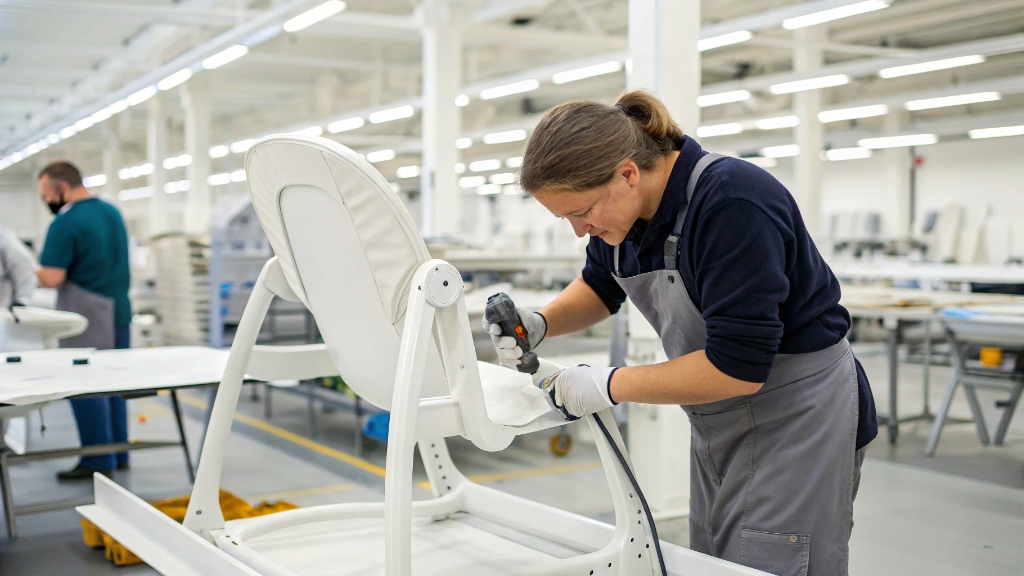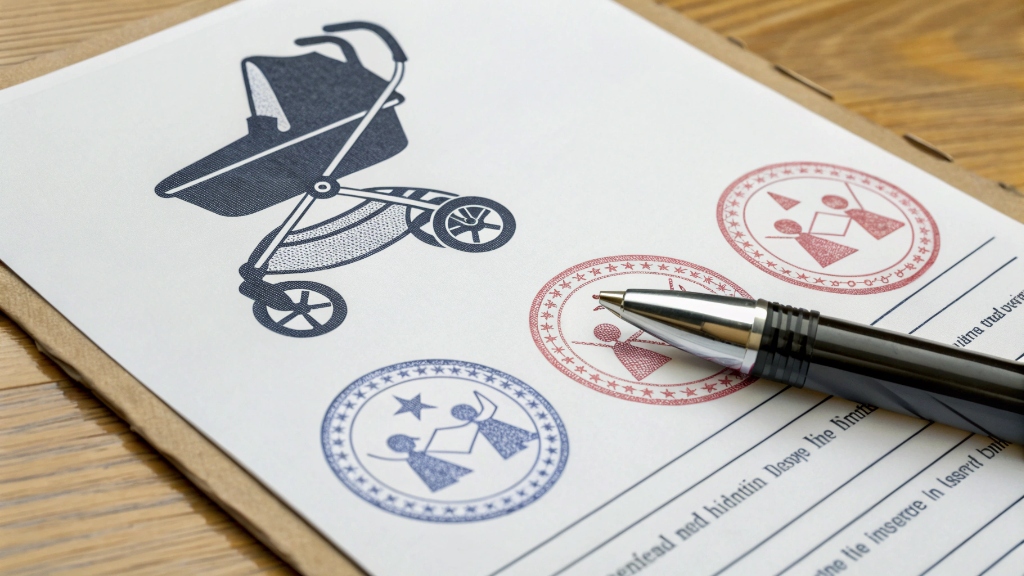Transitioning your child out of the stroller can be a gradual process. It’s about finding a balance between their growing independence and their need for rest.
To ease your child out of the stroller, start with short walks and gradually increase the distance. Offer praise and encouragement, and make walking fun with games and exploration.

My kids loved it when we turned our walks into scavenger hunts! It made walking fun and exciting.
How Can I Soothe My Baby in a Stroller?
A comfortable and engaging stroller environment can help soothe a fussy baby.
To soothe a baby in a stroller, ensure they are comfortable and secure. Engage their senses with toys or books, and maintain a gentle rocking motion.

Soothing Techniques:
- Comfort and Security: Ensure proper support and a secure harness.
- Sensory Engagement: Offer toys, books, or point out interesting sights.
- Gentle Rocking Motion: Mimic the soothing motion of a rocking chair.
Singing to my baby always helped calm them down in the stroller.
How Do I Get My Baby to Settle in the Pram?
Creating a cozy and familiar environment in the pram can help your baby settle in.
To help a baby settle in a pram, create a cozy nest with blankets and ensure the pram is in a comfortable position. A gentle rocking motion or soft lullaby can also help.

Settling Techniques:
- Cozy Nest: Use soft blankets to create a secure and comfortable space.
- Comfortable Position: Ensure the pram is reclined or in a suitable position.
- Soothing Motions/Sounds: Gentle rocking or soft lullabies can be calming.
My baby loved the feeling of being snugly wrapped in a blanket in their pram.
Deep Dive into Transitioning from the Stroller:
Transitioning away from the stroller doesn’t mean abandoning it completely. It’s about finding a balance and adapting to your child’s growing independence.
Modular Strollers: Consider a modular stroller that can convert into a toddler seat or has removable parts. This allows for flexibility and a gradual transition.
Encouraging Walking: Incorporate elements that encourage walking, such as a handle the child can hold while walking alongside the stroller.
Maintaining Connection: Strollers can still be useful for longer outings, providing a place for rest and connection when little legs get tired.
We used a modular stroller that converted into a toddler seat, so our kids could sit up and see the world around them.
Stroller Features for South American Families:
Weather Protection: Large adjustable canopies and breathable fabrics are essential in warm climates. A small clip-on fan can add extra comfort.
Interaction and Comfort: Reversible seats allow for face-to-face interaction, which can help soothe a fussy baby. Prioritize comfort and practicality over high-tech features.
Adaptability and Durability: Strollers should be adaptable to various terrains and have ample storage space. Durability and affordability are key considerations.
Cultural Considerations:
Acknowledge and respect traditional babywearing practices. Consider designs that incorporate elements of these traditions, or position strollers as a modern alternative.
Making the Transition Fun:
Games and Exploration: Turn walks into adventures with games and exploration. This makes walking more engaging and less of a chore.
Positive Reinforcement: Celebrate your child’s walking achievements with praise and encouragement. This builds their confidence and motivates them to walk more.
We found that letting our kids choose the route of our walks made them more enthusiastic about walking.
Conclusion
Easing your child out of the stroller is a gradual process. Focus on making walking enjoyable, offer alternatives for longer outings, and always prioritize your child’s individual needs and preferences. Consider a modular stroller design and features that suit your specific climate and lifestyle.





